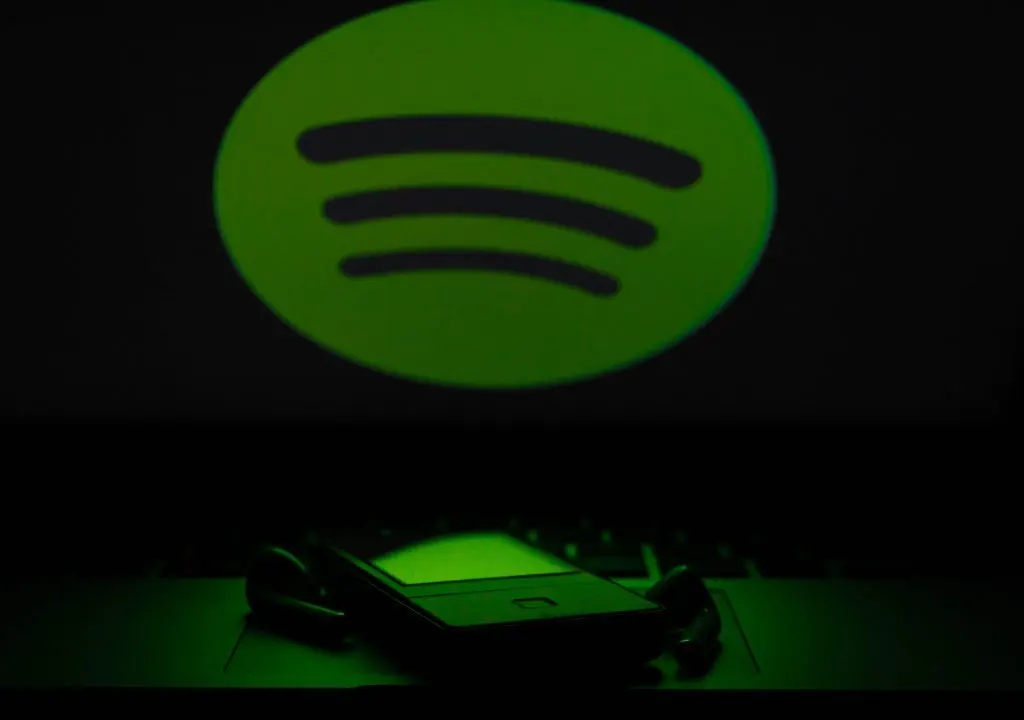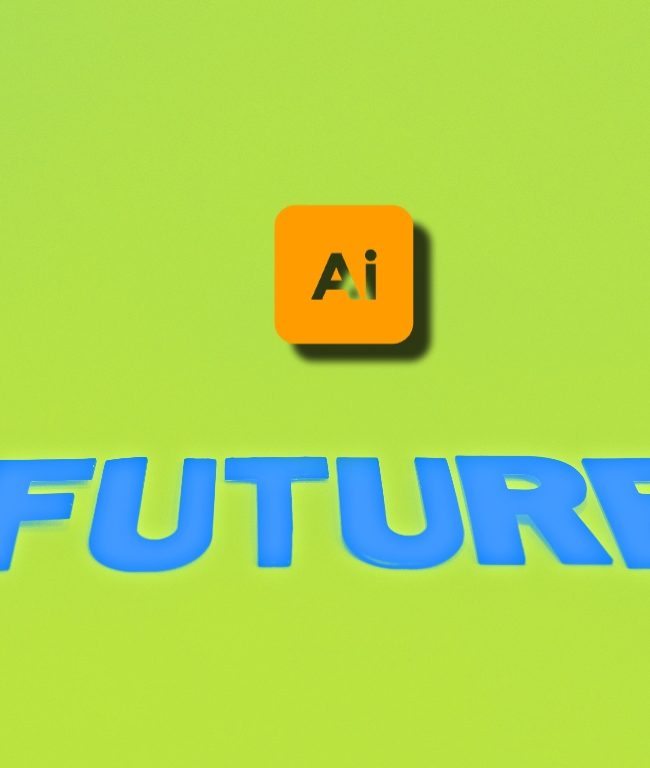
(unsplash.com)
We put on our headphones or earphones, sift through a playlist on an app on our smartphone and play our favourite song. For most of us, streaming through popular Apps is a way of life and probably the only way a majority of us consume music.
More than 650 million people around the world are paying for music subscription services such as Spotify and Apple Music. And with this large audience in mind, marketers are exploring innovative ways to build engagement with users of these music subscription Apps.
In this blog, we’ll evaluate the attractiveness of Spotify as a marketing medium.
As of Q4 2021, Spotify reported having 345 million Monthly Active Users (MAUs) worldwide. Of these, 165 million are Premium subscribers and 180 million are using the ad-supported free version of the service.
Additionally, the music platform reported having 4.9 million podcast titles available on the platform, with over 1.7 million podcast titles available in Q4 2021. It’s worth noting that these numbers are subject to change as Spotify continues to grow and expand its user base.
Brands Jamming on Spotify
KFC
Kentucky Fried Chicken (KFC) has been one of the most innovative brands ever. KFC continues to be a part of pop culture. KFC France put together a playlist named ‘Bucket Bangers’ featuring songs mentioning the brand from Kanye West, Kendrick Lamar, and Beastie Boys.
Barilla
If you’re a pasta perfectionist, you’ll cook that pasta till you get the ideal al dente texture. Who knew pasta and Spotify to be a great combination? Barilla has a series of playlists that will last until the desired pasta is perfectly cooked. Barilla playlists include pop, indie and hip-hop genres and come with unique names such as Boom Bap Fusilli, Pleasant Melancholy Penne, and Mixtape Spaghetti.
Another fast-food giant with a Spotify presence is McDonald’s. Over the years, McDonald’s has leveraged an omnichannel approach, and Spotify’s public playlists are no exception to this cleverly integrated marketing piece.
Customers follow the printed liners on trays by lining up their fires as indicated in the video. They scan the line of fries with their phones and are directed to the ‘FriesList’ on the platform.
How’s that for a lip-smacking experience?
In 2016, Nike created a “Nike+ Running” campaign on Spotify, which offered personalized playlists based on users’ workout habits and preferences. The campaign aimed to encourage users to exercise more and stay motivated.
American Eagle
It looks like American Eagle is doing everything to blend in. The company has over 80 unique playlists to its name, with something for every month and for big events – holidays and back-to-school season. 72% of the listeners are millennials, which is the perfect audience for American Eagle.
In 2019, Coca-Cola partnered with Spotify to create a personalized summer playlist campaign in the UK. The campaign used data from listeners’ listening habits and social media activity to create personalized playlists for each user.
BMW
BMW used Spotify to promote their X2 car model in a unique way. They created a “soundtrack” for the car, which users could listen to. The soundtrack featured engine sounds and other car-related noises mixed with music, giving users a sense of what it would be like to drive the car.
Target used Spotify to promote their exclusive vinyl record collection. They created a series of branded playlists featuring songs from the collection, which users could listen to and purchase directly from the music app.
These are just a few examples of how brands have used the platform for marketing. With its large user base and various advertising options, Spotify can be an effective platform for brands to reach their target audience and promote their products or services in a creative way.
Playlists and bigger playlists
This brings us to the question – Why should a brand have a Spotify playlist?
Spotify has over 345 million Monthly Active Users (Q4 2021). This means you, as a brand, can connect with music-loving audiences with your own playlist. The best part is that it is absolutely free to create one with an account.
Remember to follow Spotify’s terms of service carefully. The last thing you want is to get into legal trouble or falsely appear to be supporting an artist. A playlist raises brand awareness and strengthens loyalty. There are over 5 billion playlists (Q4 2021) on Spotify – clearly an indication there is a high demand for them as one-third of the time spent by listeners is on user-generated playlists.
Quick wins for marketers
Now that you’ve added a lot of songs to your queue, you might ask, ‘How can I use this to get more customers?’ Here are some ideas to get you started.
Curate and share playlists. If you’re a bar, restaurant or cafe that likes to add to the mood with killer playlists, share it!
Create public playlists, update covers with your company’s brand, and promote them on social networks.
Create an event playlist. As events and holidays approach, viewers may appreciate custom playlists for catering to family and friends.
To categorize :
Advertising:
Spotify offers various types of advertising options, such as audio ads, video ads, and display ads. Marketers can use these ads to target their desired audience based on demographics, interests, location, and behavior.
Sponsored Playlists:
Brands can sponsor playlists on Spotify to increase their visibility and reach. For example, a protein bar brand might sponsor a workout playlist to target health-conscious consumers. Sponsored playlists are different from branded playlists because they sponsor one of the auto-generated playlists -Morning Commute, Today’s Top Hits, Discover Weekly, etc. rather than creating the playlist from If you’re not keen on creating your own corporate playlists, sponsored playlists are a good alternative.
Branded Playlists:
Marketers can create their own branded playlists on Spotify to showcase their products or services. For instance, a coffee brand could create a playlist of relaxing music to enjoy while sipping their coffee.
Influencer Marketing:
Marketers can partner with popular Spotify influencers to promote their products or services to their followers. These influencers have a significant following and can help brands to reach new audiences.
Podcast Sponsorship:
Spotify also has a vast collection of podcasts, and brands can sponsor a podcast to reach the show’s listeners.
What does it cost?
Spotify offers several advertising options, and the cost varies depending on the type of ad and the targeting options selected. Here are some of the advertising options offered by Spotify and their approximate cost:
Audio Ads:
Audio ads are 15 or 30-second ads that play in between songs on Spotify’s free tier. The cost per impression (CPM) for audio ads typically ranges from $5-$30, depending on the targeting options selected.
Video Ads:
Video ads are 30-second ads that play during commercial breaks on Spotify’s free tier. The cost per impression (CPM) for video ads typically ranges from $8-$25, depending on the targeting options selected.
Display Ads:
Display ads appear on the Spotify desktop and mobile app, and the cost per impression (CPM) typically ranges from $5-$15, depending on the targeting options selected.
Sponsored Playlists:
The cost for sponsored playlists varies depending on the audience size, but it typically ranges from $2,000-$10,000 per month.
It’s important to note that these are just approximate costs, and the actual cost may vary depending on factors such as the targeting options selected, the ad format, and the size of the campaign. Additionally, Spotify offers a self-serve advertising platform where advertisers can set their own budgets and bids, allowing for more flexibility and control over the cost of the campaign.
Spotify delivers!
There is no comprehensive database or source that tracks the statistics of all brands that use Spotify for marketing. These statistics and case studies show that brands can use Spotify effectively to reach their target audience, increase brand awareness, and drive engagement and sales.
However, Spotify has shared some statistics on their advertising platform and how brands have used it –
✓ Over 20% of Spotify’s ad-supported users engaged with an ad in 2020.
✓ The average viewability rate for video ads on Spotify is over 95%.
✓ 70% of users said they discovered a new brand or product while listening to music on Spotify.
✓ In a study conducted by Spotify, 78% of users said that they enjoy brands that understand and reflect their music taste.
Some specific brand case studies and success stories on Spotify include:
Coca-Cola’s personalized summer playlist campaign on Spotify resulted in a 42% increase in brand consideration and a 38% increase in purchase intent among the target audience.
Spotify’s self-serve advertising platform allowed Snickers to target their Super Bowl ad to users listening to sad or angry playlists, resulting in a 147% increase in ad recall and a 45% increase in purchase intent.
A campaign by outdoor clothing brand The North Face, which used Spotify to promote their ‘Walls Are Meant For Climbing’ initiative, resulted in a 32% increase in brand awareness and a 43% increase in ad recall.
Creating a Playlist
Creating a playlist on Spotify is simple, and any user can create a playlist for personal or professional use. Here are the steps to create a playlist on Spotify for marketing purposes:
✓ Sign up for a Spotify account or log in to your existing account.
✓Click on the “Create Playlist” button on the left-hand sidebar.
✓Give your playlist a name that is relevant to your brand or campaign.
✓Choose a cover image for your playlist that is eye-catching and relevant to your brand or campaign.
✓Add songs to your playlist by searching for them on Spotify or selecting them from your existing playlists.
✓Arrange the songs in the order that you want them to play.
✓Once you have added all the songs you want, click on “Save” to create the playlist.
After you have created your playlist, you can share it with your audience and promote it on social media or through other marketing channels. You can also collaborate with other users or influencers to create a playlist together, which can help expand your reach and connect with new audiences. Additionally, if you are running a paid marketing campaign on Spotify, you can work with the platform’s advertising team to create a custom branded playlist for your campaign.
It’s A Wrap: The Future Of Spotify
Spotify has several future plans that aim to improve and expand its services, here are some of them:
Expanding into new markets:
Spotify is continually working to expand its reach and offer its services to new markets around the world. In 2021, Spotify launched in several new markets, including South Korea, Russia, and over 80 countries across Asia, Africa, Europe, and Latin America.
Investing in podcasts:
Spotify has been investing heavily in podcasting over the past few years, and the company plans to continue doing so in the future. In addition to acquiring several podcasting companies, Spotify has also developed several exclusive podcast series and features, such as the ability to create and share podcast playlists.
Improving the user experience:
Spotify is always looking for ways to improve its user experience and make its platform more user-friendly. In 2021, the company introduced several new features, including a new “Only You” personalized feature, enhanced audio quality, and a new “Blend” feature that allows users to create a personalized playlist with a friend.
Developing new revenue streams:
The music platform has been exploring new revenue streams beyond music streaming, such as live audio, artist fan clubs, and ticketing. The company also plans to expand its advertising offerings, such as podcast advertising and programmatic audio advertising.
Investing in social audio:
Spotify has also expressed interest in social audio and is reportedly working on a Clubhouse-like feature that would allow users to participate in live audio discussions and events.
These are just a few examples of Spotify’s future plans, and the company is continually working to innovate and improve its services to provide a better experience for users and advertisers alike.




